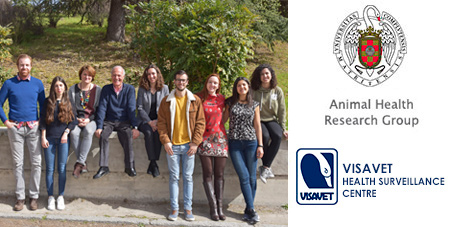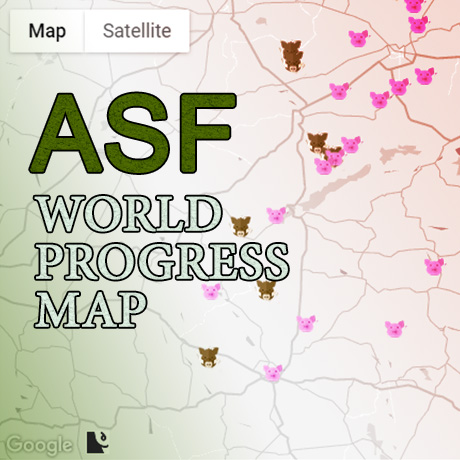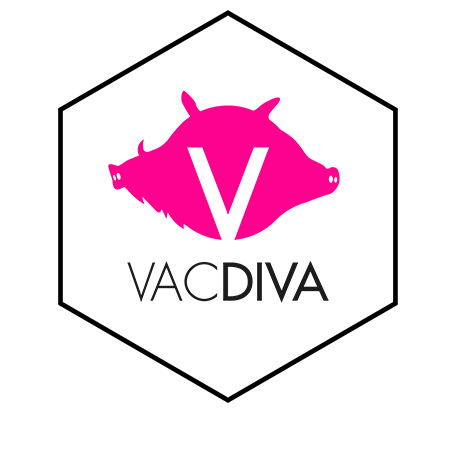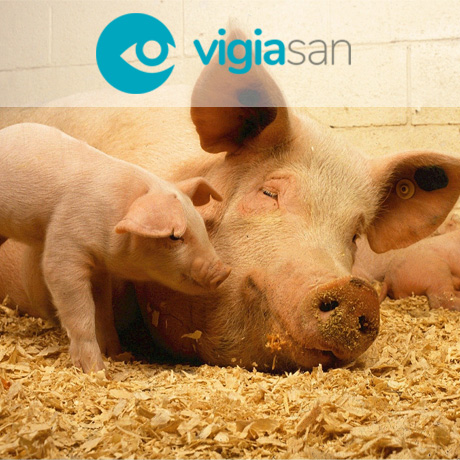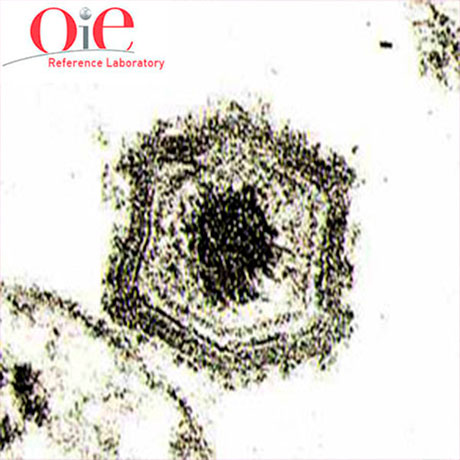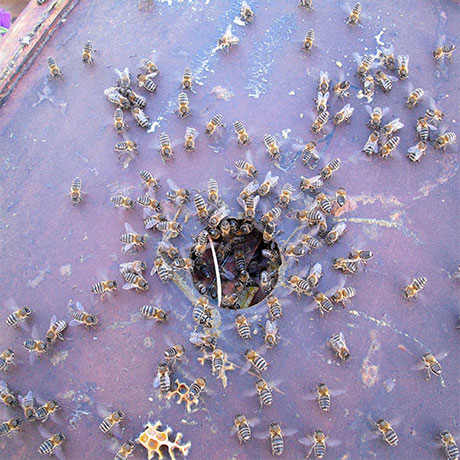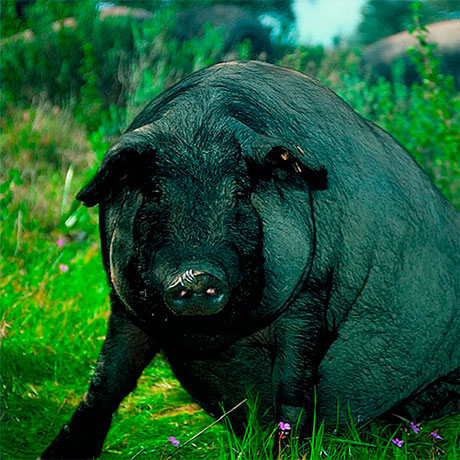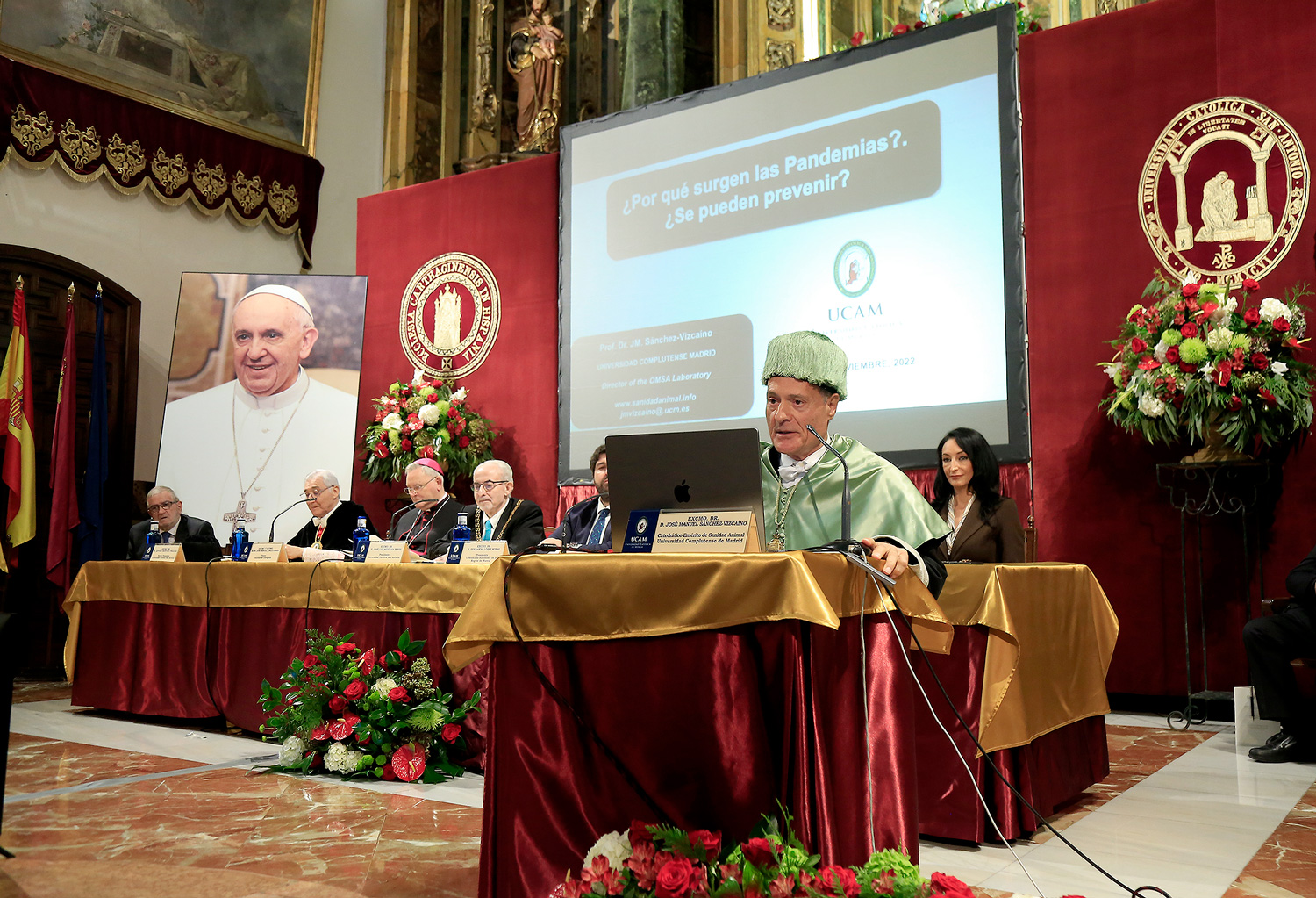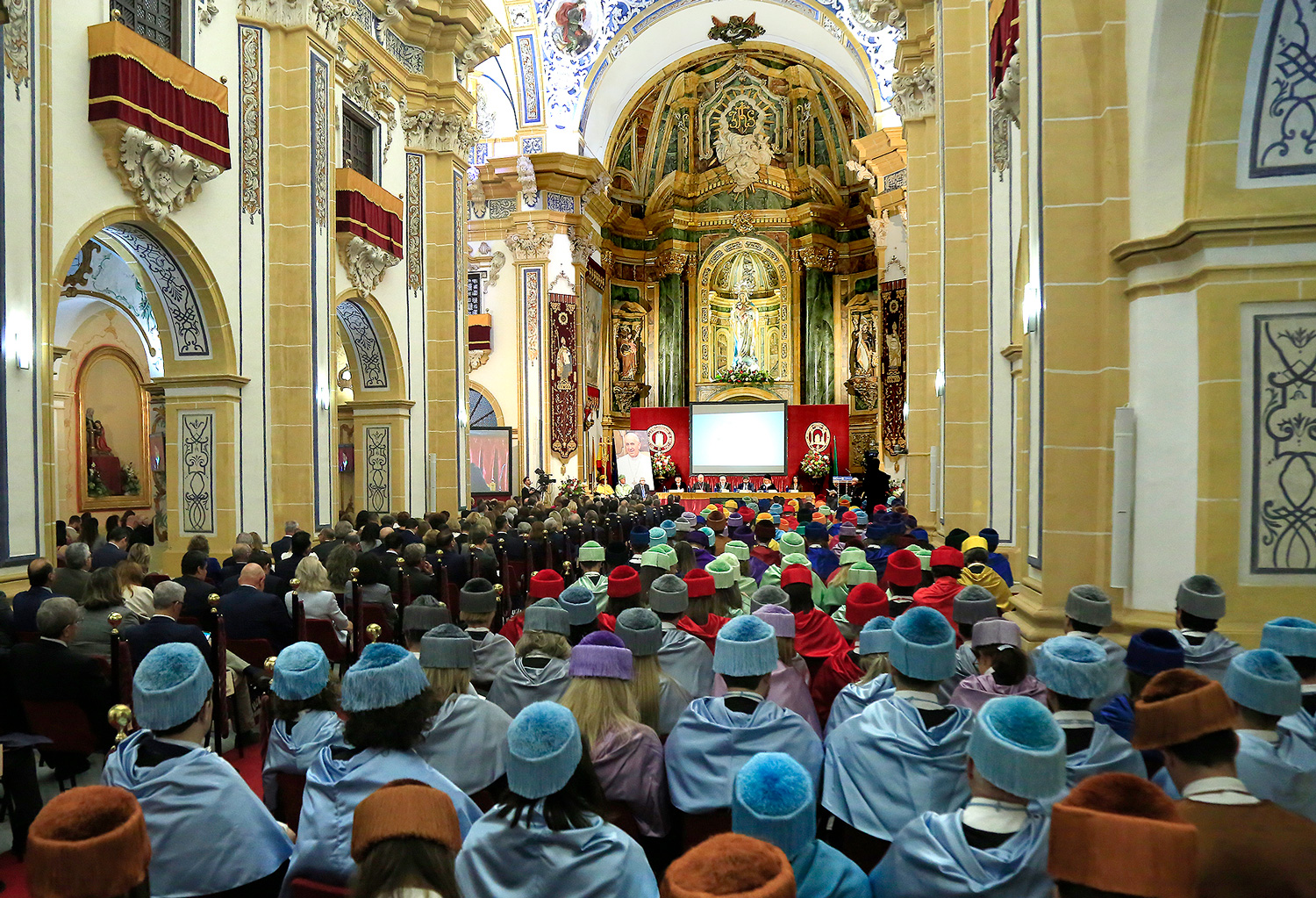Development of an Effective Oral Vaccine Dissemination Strategy against Classical Swine Fever for Wild Boar in Gifu Prefecture, Japan
 We publish a new research article in the journal Transboundary and Emerging Diseases.
We publish a new research article in the journal Transboundary and Emerging Diseases.
Abstract: In September 2018, classical swine fever (CSF) reemerged in Japan after more than a quarter of a century. After the first notification on a pig farm, wild boars positive for CSF were found continuously in the surrounding area. Gifu was the first prefecture in Japan to disseminate oral vaccines to wild boars in March 2019, with vaccines spread to approximately 14,000 sites between 2019 and 2020. While these diligent measures seemed to have shown some effectiveness, several vaccine spray sites remained without wild boar emergence. Based on the vaccine dissemination records from these periods, this study conducted a statistical analysis to propose more effective vaccine dissemination sites. First, a generalized linear mixed model was used to identify factors correlated with wild boar emergence. Then, two spatial interpolation methods, inverse distance weighted (IDW) and Kriging, were adopted to create a probability map of wild boar emergence for the entire Gifu Prefecture. The analysis showed a positive correlation between wild boar emergence and the appearance of raccoons, raccoon dogs, and crows as well as road density and wild boar distribution index. In particular, raccoon (OR: 1.83, 95%CI: 1.25–2.68, < 0.001), raccoon dog (OR: 1.81, 95%CI: 1.25–2.66, < 0.001), and medium level road density (OR: 1.56, 95%CI: 1.04–2.39, = 0.04) were strongly correlated with wild boar emergence. The spatial interpolation approach resulted in better prediction accuracy for the Kriging method than for IDW by the root mean square error, but both approaches identified a high wild boar appearance probability area in southeastern Gifu and a low appearance probability area in central Gifu. Here we have demonstrated a tool to effectively disperse oral vaccine to wildlife.
Ito S, Bosch J, Aguilar-Vega C, Isoda N, Martinez-Aviles M & Sanchez-Vizcaino JM.
Spatio-Temporal Epidemiology of the Spread of African Swine Fever in Wild Boar and the Role of Environmental Factors in South Korea
 New research article.
New research article.
Abstract: Since the first confirmation of African swine fever (ASF) in domestic pig farms in South Korea in September 2019, ASF continues to expand and most notifications have been reported in wild boar populations. In this study, we first performed a spatio-temporal cluster analysis to understand ASF spread in wild boar. Secondly, generalized linear logistic regression (GLLR) model analysis was performed to identify environmental factors contributing to cluster formation. In the meantime, the basic reproduction number (R0) for each cluster was estimated to understand the growth of the epidemic. The cluster analysis resulted in the detection of 17 spatio-temporal clusters. The GLLR model analysis identified factors influencing cluster formation and indicated the possibility of estimating ASF epidemic areas based on environmental conditions. In a scenario only considering direct transmission among wild boar, R0 ranged from 1.01 to 1.5 with an average of 1.10, while, in another scenario including indirect transmission via an infected carcass, R0 ranged from 1.03 to 4.38 with an average of 1.56. We identified factors influencing ASF expansion based on spatio-temporal clusters. The results obtained would be useful for selecting priority areas for ASF control and would greatly assist in identifying efficient vaccination areas in the future.
Ito S., Bosch J., Jeong H., Aguilar-Vega C., Park J., Martinez-Aviles M. and Sanchez-Vizcaino JM.
Vacdiva Policy Event
The EU H2020 project VACDIVA <A safe diva vaccine for African Swine Fever control and eradication> is organizing a Policy Event the next 29th of November in Madrid.
We will review the global risk situation and the advances in the development of a safe, effective and DIVA vaccine.
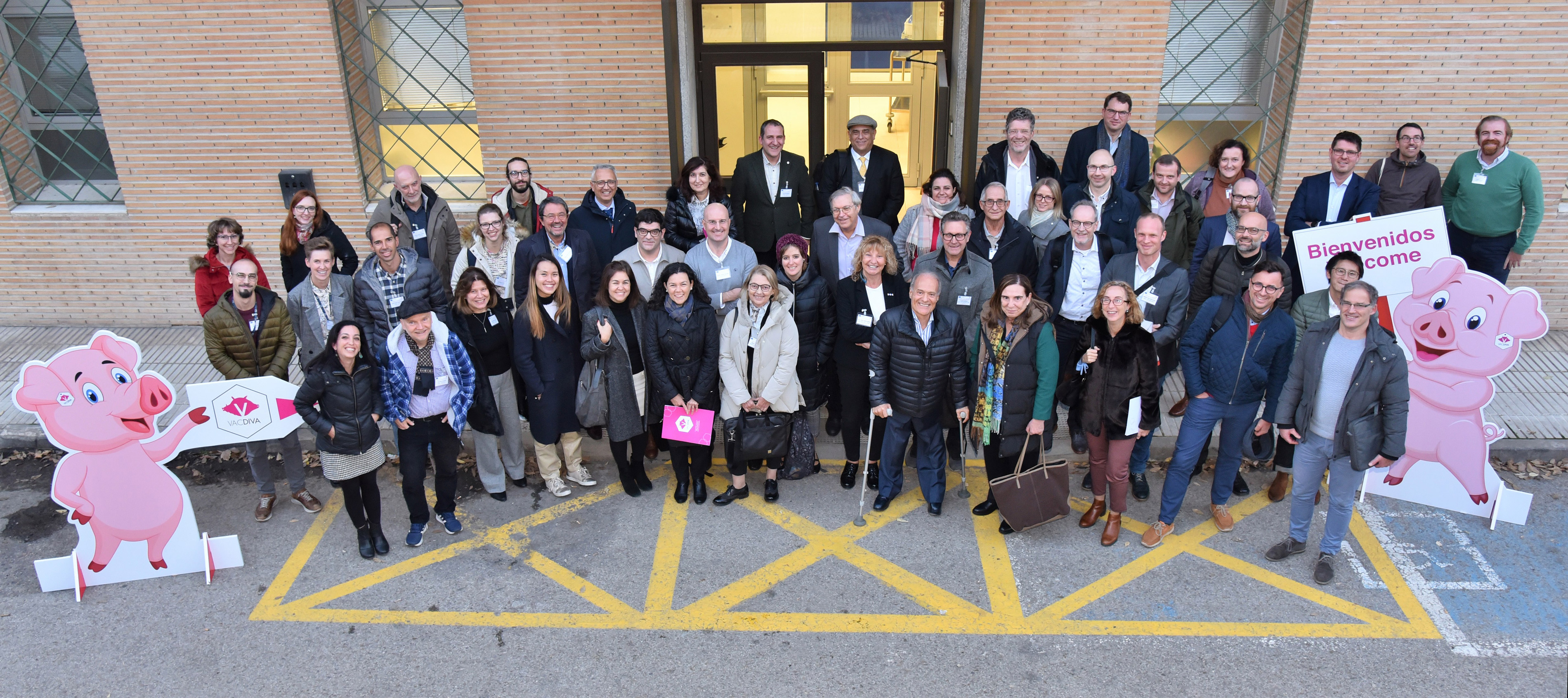
Inaugural lesson at UCAM
The Guardian interview
 Scientists rush to create vaccine for world’s biggest animal disease outbreak.
Scientists rush to create vaccine for world’s biggest animal disease outbreak.
Professor Sánchez-Vizcaíno is interviewed for The Guardian newspaper.
International Livestock Fair of Zafra
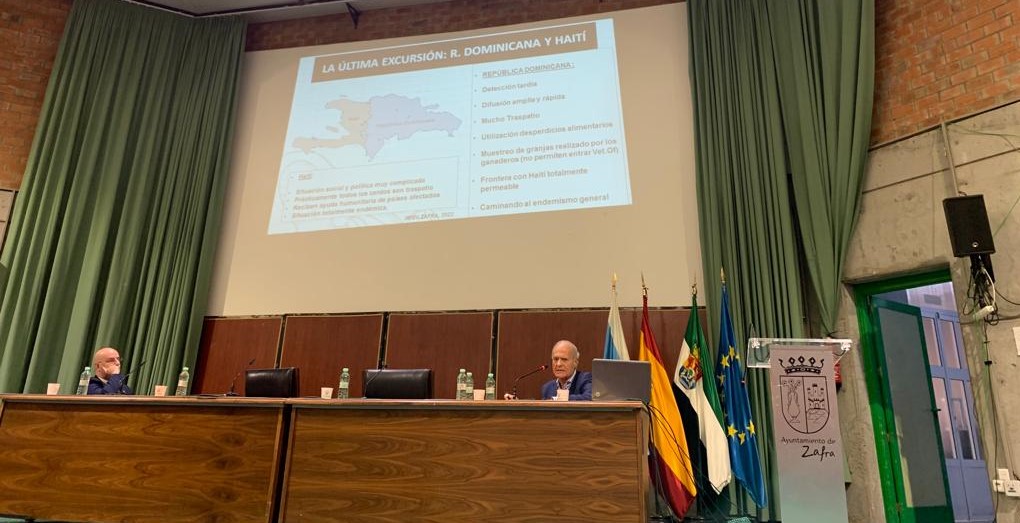
Last September, Professor Sánchez-Vizcaíno participated in the Zafra Livestock Fair: https://fig.zafra.es/



